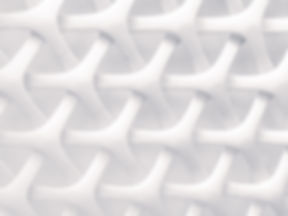



Make an appointment
















TRAUMA INFORMATION
If your child has suffered an injury to their tooth as the result of a fall or impact to their mouth, the following information will help you to understand what you can expect. In addition, it will make you aware of those things that may occur indicating that your child's tooth is taking a less than favorable course.
WHAT YOU CAN EXPECT:
1. Change in color of the tooth
-
The tooth (teeth) will probably darken over a period of time, eventually turning quite dark. Usually the color will be a charcoal gray, although it may be brown, yellow or a lighter color. This may begin to lighten again, returning to a color similar to how the tooth appeared before the injury, but not quite as snow white. However, in some situations it can remain a darker color.
2. Looseness
-
The bone that supports the tooth has been expanded by the injury, which will make the tooth looser than normal. As the bone returns to a normal position, the tooth will also tighten up again.
3. Bleeding and swelling
-
As with any injury, the normal reaction of the injured tissues (in this case, the gums and/or lips) will bleed and/or swell. A warm pack (a washcloth is good) will help decrease that swelling and a warm salt water rinse will promote healing of any cuts.
4. Pain
-
Fortunately, children do not usually suffer much pain from injuries to teeth. Occasionally there will be pain if the child tries to chew with the injured tooth. As with any injury, the area should be "babied" to avoid aggravating the area.
YOU SHOULD WATCH FOR ANY OF THE FOLLOWING:
1. Change in eating or sleeping habits
-
If your child's normal eating patterns change (in particular, if he/she complains when chewing or drinking something cold) or if your child is not sleeping, another checkup is appropriate.
2. Abscess
-
This will appear on the gums in the area where the gums and lips meet. Abscesses look like a small blister or pimple on the gums.
3. Increased swelling, looseness or pain
-
If any of the "expected reactions" become worse, the area should be re-examined
WHAT TO DO IF YOUR CHILD HAS A TOOTH KNOCKED OUT:
If your child has an avulsed (knocked out) permanent tooth, this is considered a dental emergency. When a permanent tooth gets knocked out of a child's mouth, the sooner you can replace it into the socket the better your child's prognosis. There are a few things you should do immediately following the avulsion.
-
Find the knocked out tooth and pick it up by the crown, not the root.
-
Rinse the tooth with milk.
-
If possible, insert the tooth back into your child's mouth and go to your child's dentist.
-
If you are unable to insert the tooth back into your child's mouth, place the tooth in milk and get to your dentist as soon as possible so it can be re-implanted.
IF IN DOUBT, DON'T HESITATE TO CALL THE OFFICE ABOUT YOUR CHILD. YOU CAN ALSO SEND AN EMAIL, USING THE "CONTACT" TAB, OR BY SENDING A MESSAGE VIA OUR FACEBOOK PAGE.
